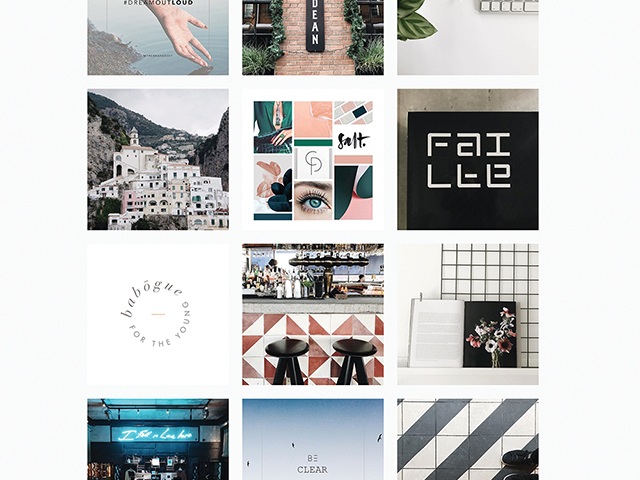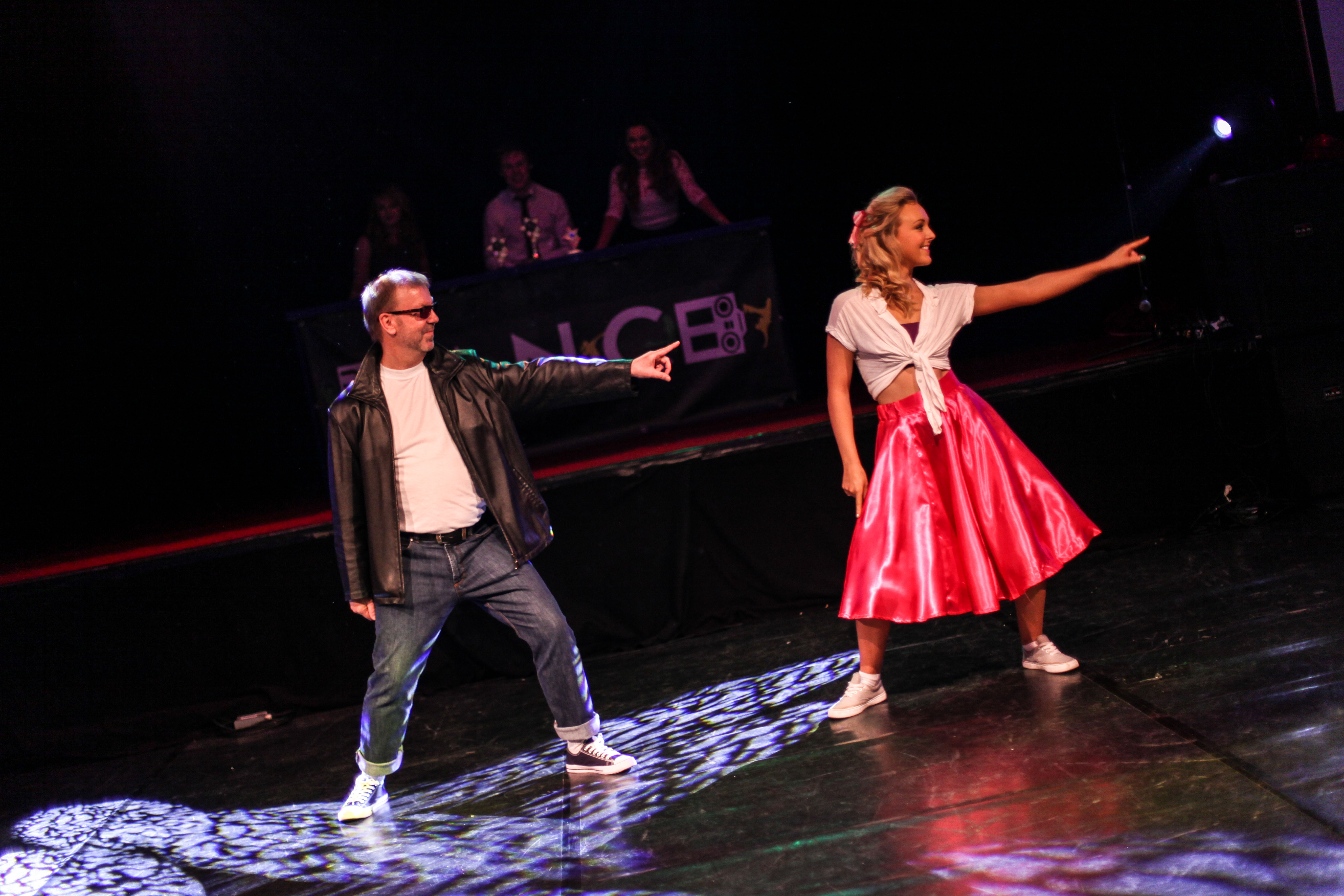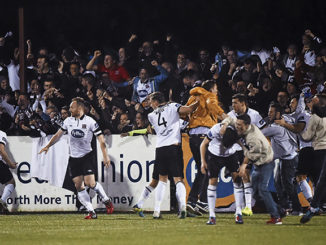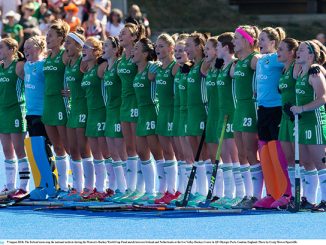
[dropcap]I[/dropcap]f you’ve ever seen an Instagram feed with perfectly matching colours and tones, you’ll know what the aesthetic life is. “OMG I love your aesthetic!” one user comments. “What filter is your feed?” says another. Instagram aesthetics have been around for a while now, but in recent years they’ve become almost vital to the success of brands and bloggers worldwide.
Aesthetics are “a branch of philosophy that explore the nature of art, beauty, and taste, with the creation and appreciation of beauty”. Artists over the years have dabbled in them, finding a specific taste and style that suits their creative minds. Companies have used them in their personal branding, matching their shopping bags to their posters and signs.
But why are people attracted to aesthetics, and more importantly, to perfectly curated social media feeds? According to the American Psychological Association, “art is a human phenomenon, and therefore aesthetic is fundamentally a psychological process”. People are drawn in to such Instagram feeds by the human eye. There are numerous websites out there teaching users how to get the ‘perfect’ feed, explaining that the human eye is drawn to simple forms and repetitive patterns.
To curate their aesthetic, a user may use the same editing technique or filter so every photo on their feed slots into place. It’s not just bloggers and brands turning to social media curation, but every day users too.
One such user is Tra My Nguyen Hoang under the user @memymoxxs on Instagram. A look at her page shows variations of busy streets, elaborate buildings and personal snaps. What they all have in common is the way they look, the way they were edited and their colour palette.
“I like the consistency of having a theme, it’s almost like a ‘style’ you claim for yourself. Every Instagrammer has a signature look, and when you look at the filter and the lighting you can tell who took the picture instantly. It’s a way to ensure I have a consistent style myself and to stamp my ‘look’ on people’s feed.”
Does it affect her chances of following someone else? “It doesn’t make that much of a difference when I’m following someone, but I do love Instagram feeds that are sort of an organised chaos.”
Bloggers are a prime example of following a specific Instagram theme. One YouTube content creator from Spain, Aitana Jacobs, says that while she may not always use the same filter, she definitely looks at certain colours, contrasts and compositions. “If it’s an artist’s account, I think it matters quite a bit,” she said. For Aitana, online presentation is alike to how an artist curates an exhibition in a museum. “I feel like it’s inevitably part of the artist’s work, how they choose to present it.”
Brands are also jumping on the aesthetic bandwagon- some are using it, others are turning it into a business itself. One look at Irish Jewellery designer Chupi, and you’re welcomed by shades of pale pink, gold and grey. Online fashion retailers Boohoo and Nasty Gal also have noticeable ‘themes’ on their page, changing colours and filters every six-to-nine posts.
A recent venture for Irish woman Pamela Farrell, The Brand Edit is a self-described brand designer and visual editor “creating intentional brands for creative and lifestyle businesses, that tell a compelling story”.
After graduating from DIT with a degree in visual communication, Pamela worked as a graphic designer before starting her own letterpress wedding stationery business in 2008. “The business was very successful but I really missed my previous work, specifically brand design. I love being inspired by people’s journey into business, the ‘why’ behind what they do and realised that expressing this visually is what I love to do. I am in essence a visual storyteller and so The Brand Edit was born.”
Pamela believes the simple answer to why people are attracted to aesthetics is because they are “nosey” and like to see into others’ lives, but she also believes there is more behind it. “I think people are crying out to make connections online which more and more develop into offline friendships with others who they feel they can relate to or who they look up to. Images, graphics and visuals can be very emotive, they either attract or repel an audience depending on whether the viewer feels they can relate to an image or feel inspired by an image,” she explained.
“Filters, colours and tones all feed into the mood of an image and enhance its aesthetic. It’s all simply a form of expression.”
As for business branding, it’s all about “clarifying your brand message by defining your audience, your mission, your vision and your voice and staying true to these values,” according to Pamela. “It’s about creating distinctive visuals through intentional design that attract and connect with your audience. And it’s about creating an experience that will engage your customers encouraging them to become loyal to your brand.”
Rachel Farrell
Image Credit: The Brand Edit instagram



